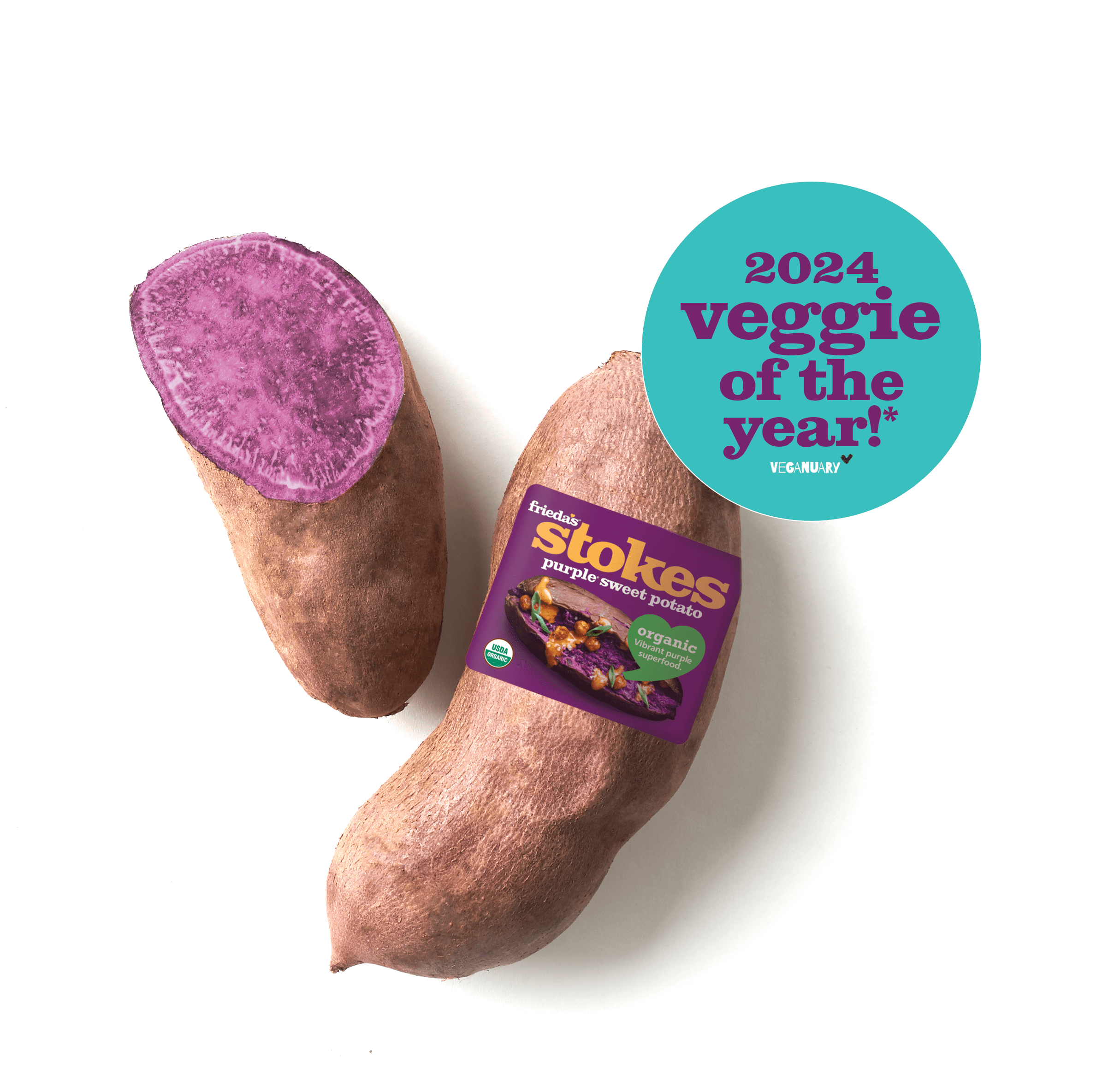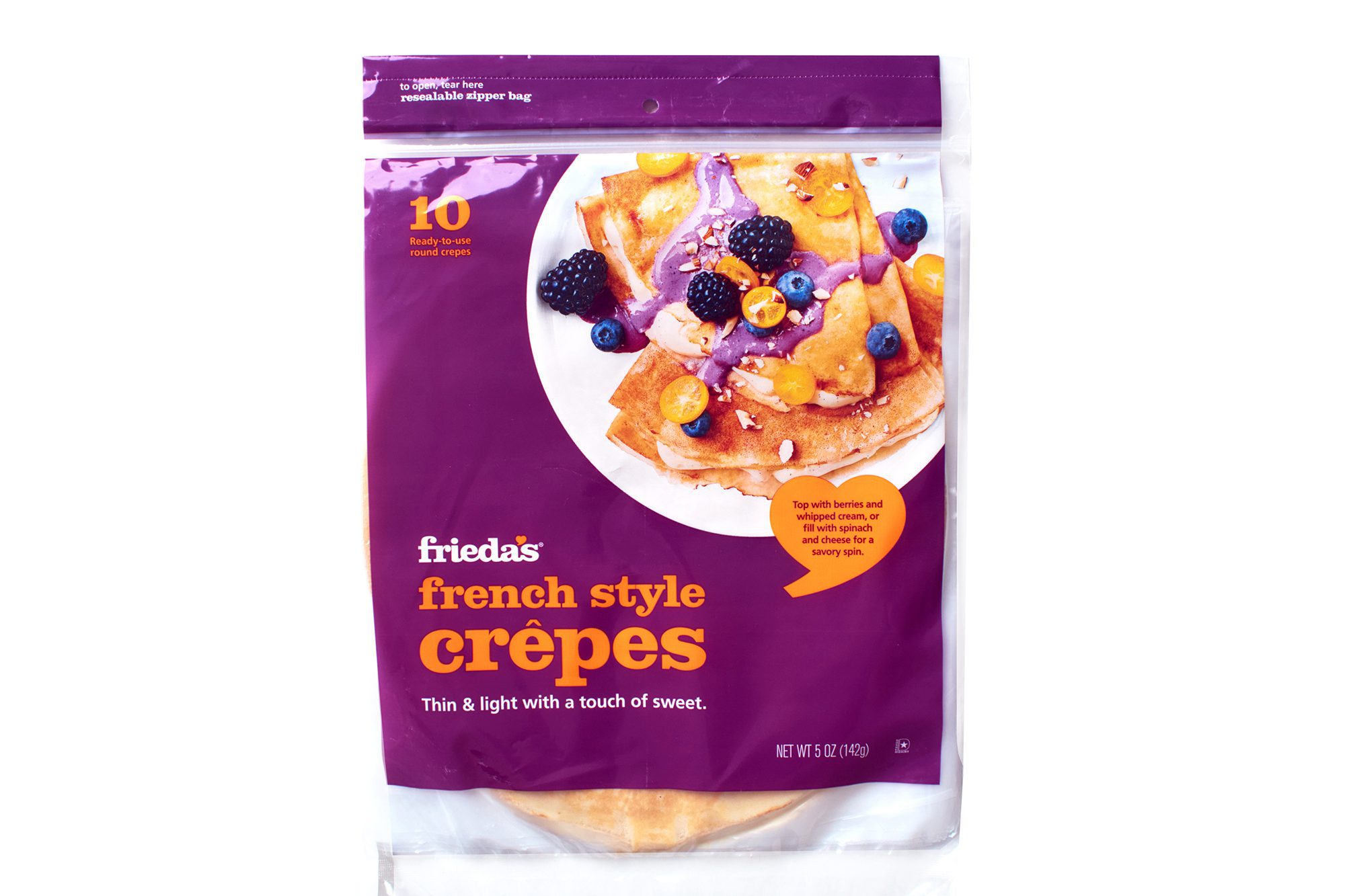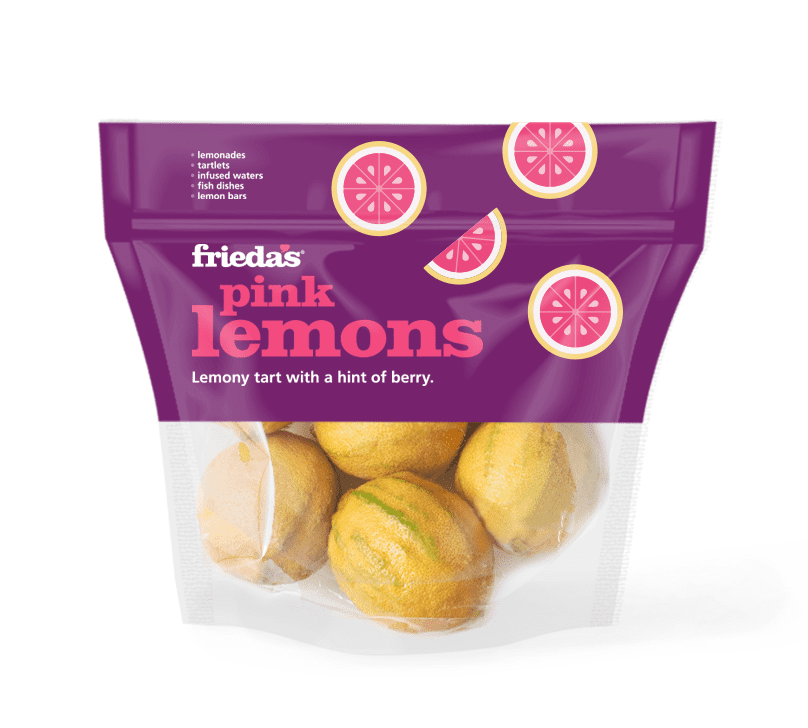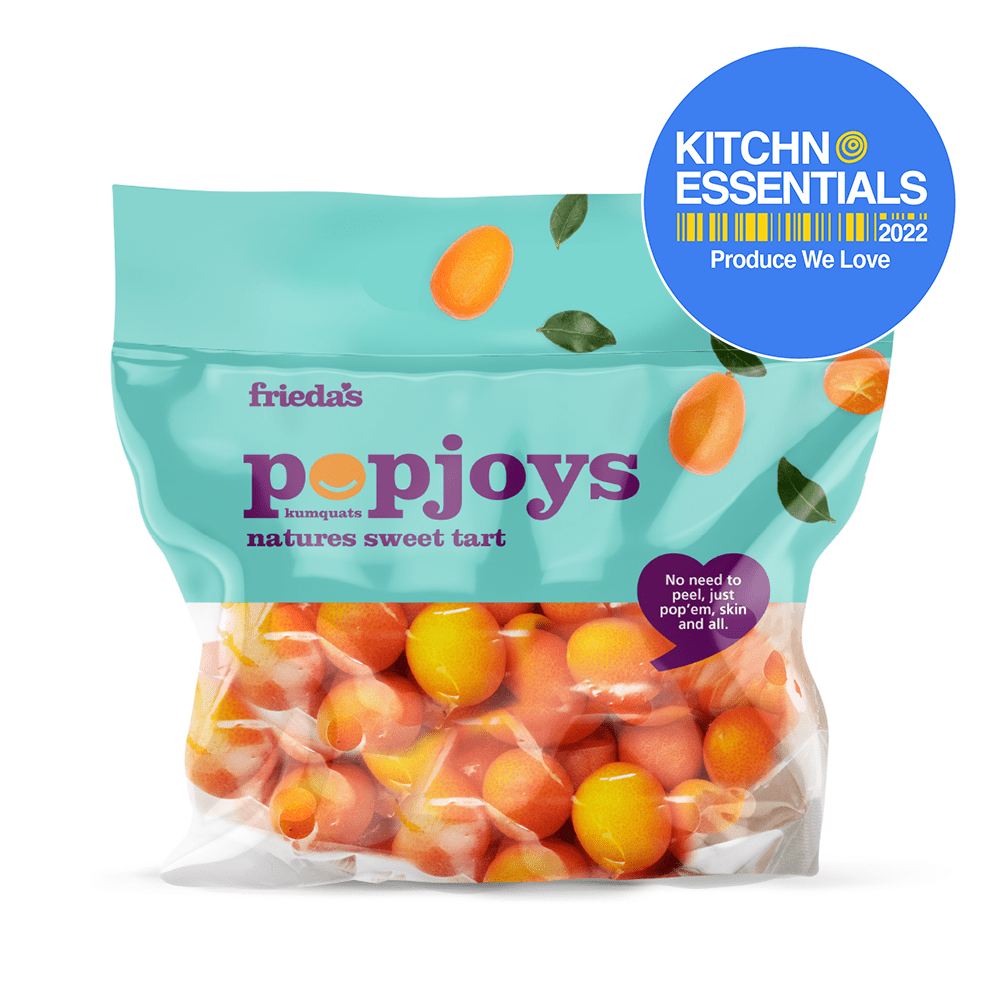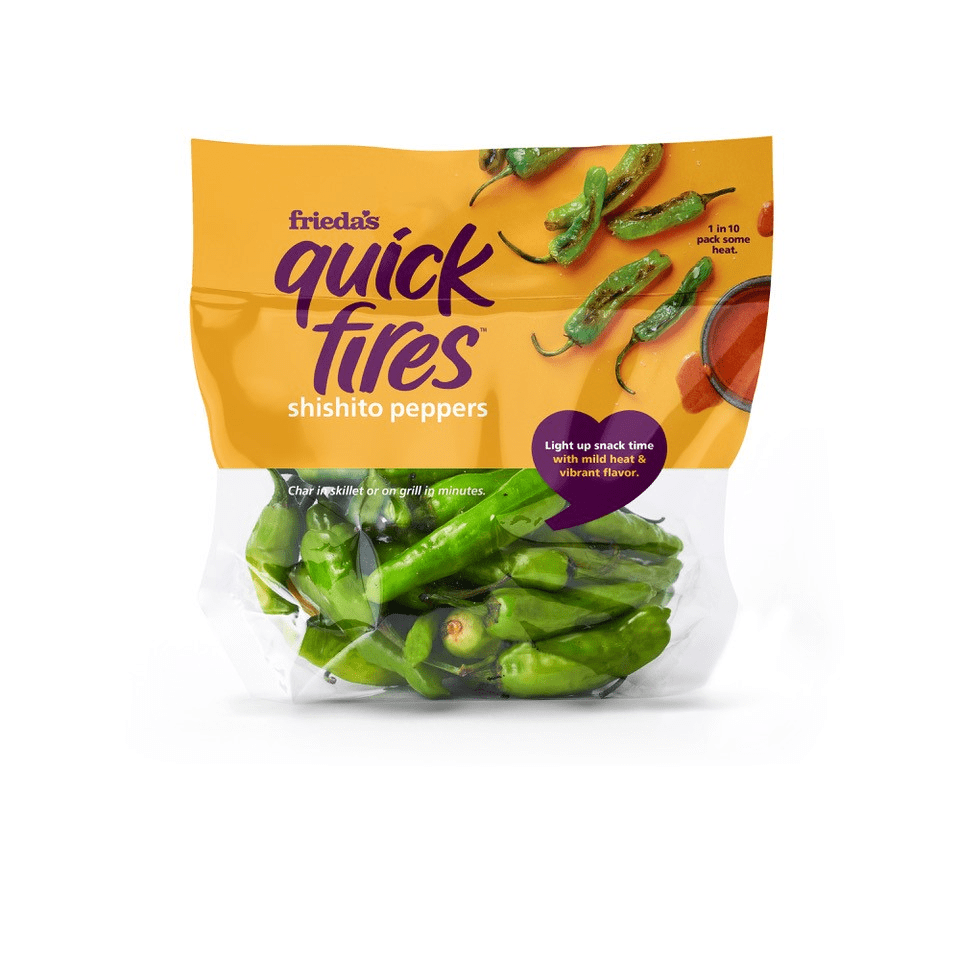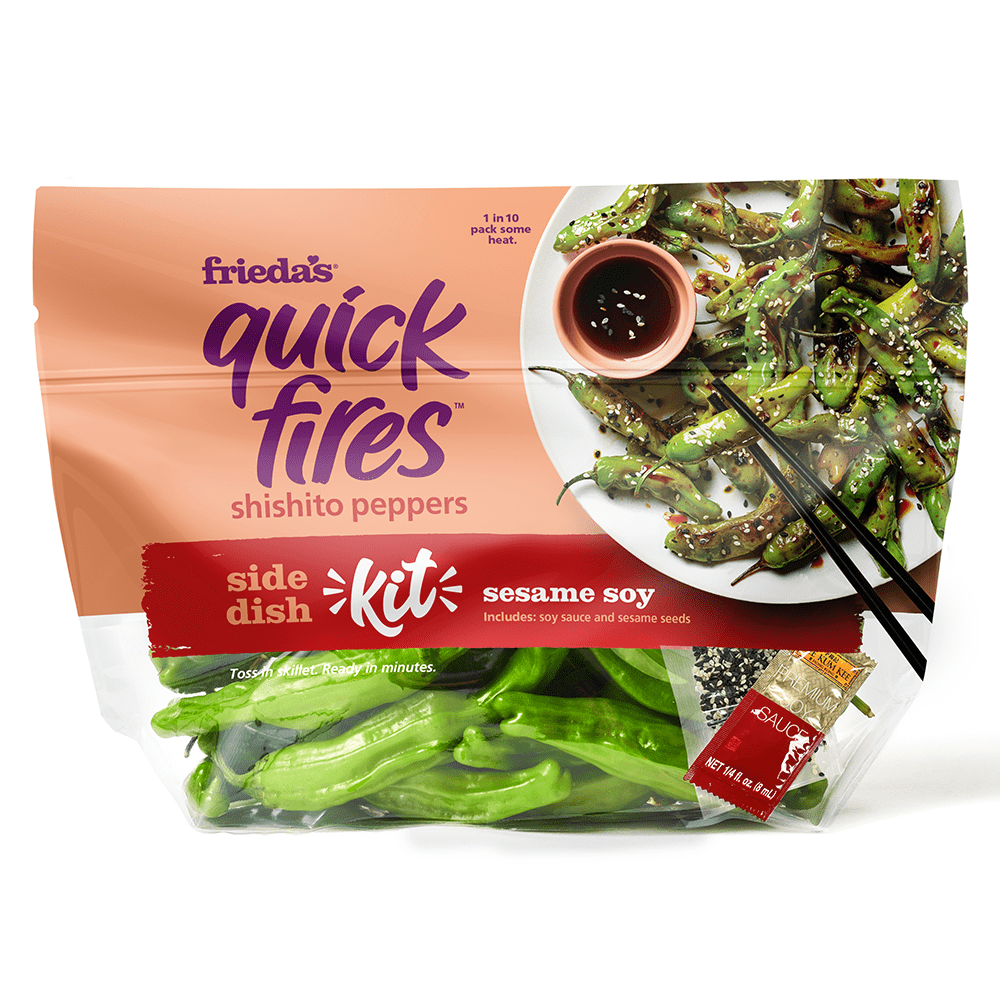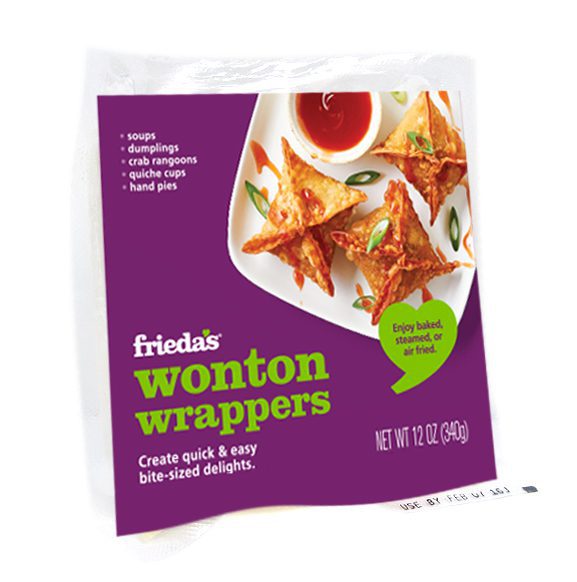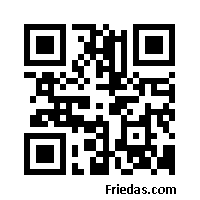You’ve probably seen them on magazine covers, in ads, on billboards, coupons, signs, packaging, and even on shipping boxes. These funky black-and-white patterned boxes are QR codes – short for Quick Response – and they are popping up everywhere! (We are even using them on our company business cards.)
If you have a Smartphone (Blackberry, Droid, iPhone, etc.) and a QR code reader “app,” you can scan the code and it will launch your browser to a pre-determined website or microsite, or even send you a text message. For example, if you see a QR code in a magazine ad for Coach® bags and scan the code with your phone, it will probably take you to the Coach® website.
Every QR code is customized by the company or person who creates it, and each is unique.
Supposedly, it is a way to engage us, as consumers, by providing more information. Instead of spelling out a lengthy URL in print, a QR code acts as a high-tech shortcut that instantly takes consumers to a website once scanned — no typing required. Some marketers offer coupons and special offers via QR codes, others simply provide a link to the company website. This technology is especially appealing to Gen Y and Millennials.
QR codes originated in Japan, where they were initially used for tracking parts in vehicle manufacturing. But of course, in the last 17 years, their use has expanded and they’re considered one of the leading edge marketing widgets. (Sometimes they are called 2D barcodes.)
Here are some interesting applications for QR codes:
- Edible QR code waffle
- QR codes in paintings
- QR codes on signs for historical points of interest and nature trails
- High-tech scavenger hunts with QR codes
- QR codes for E-ticketing
Next time you see one of those black-and-white squares with the seemingly random pattern, you can impress your kids or grandkids by whipping out your Smartphone to scan it for more info.
And now you know!
Karen

